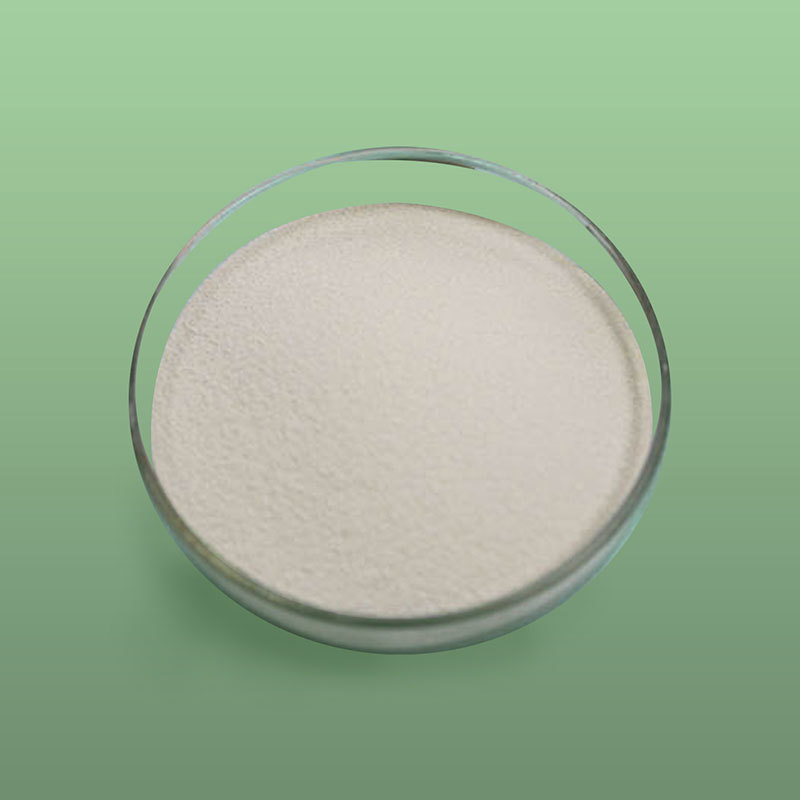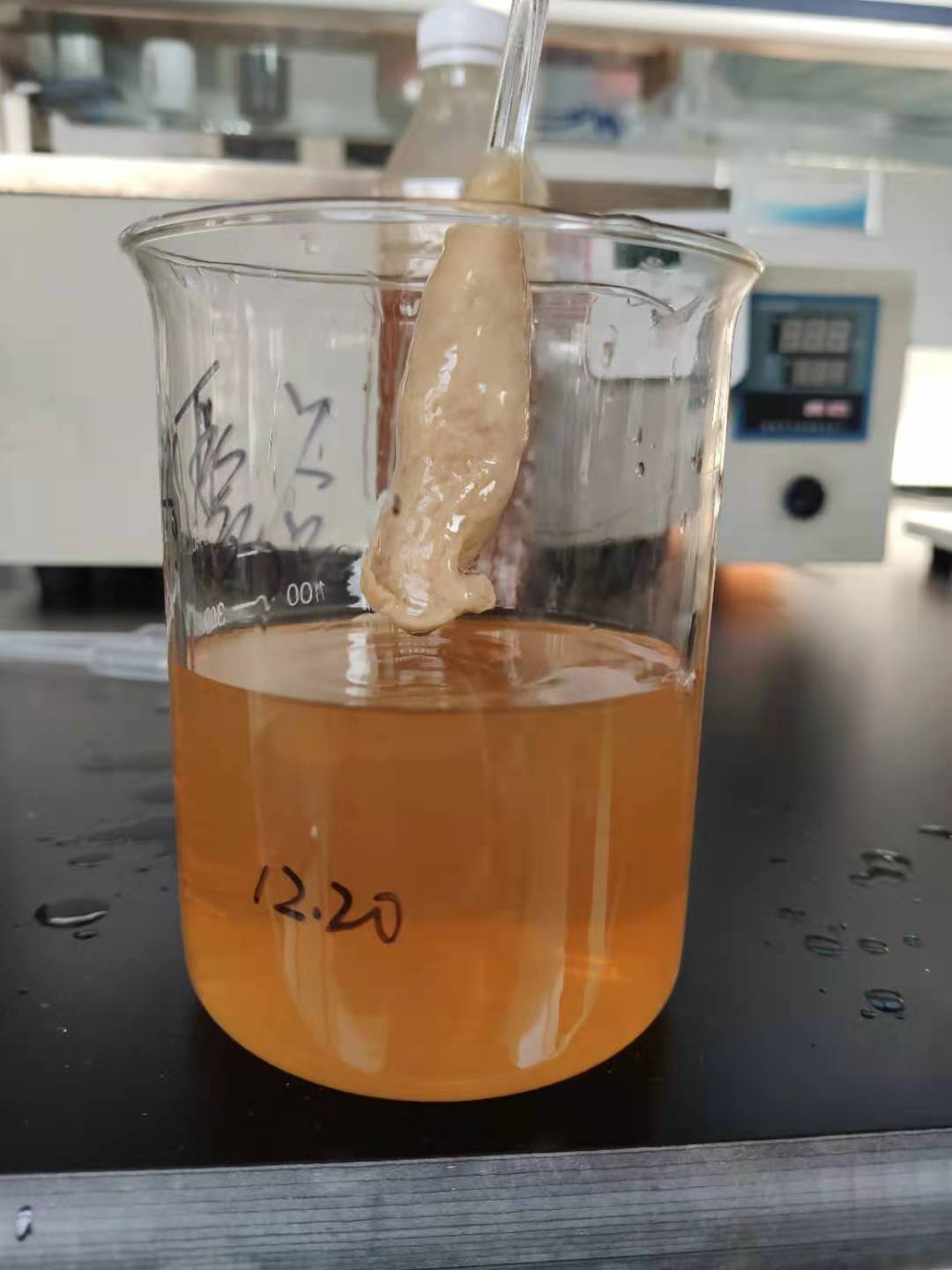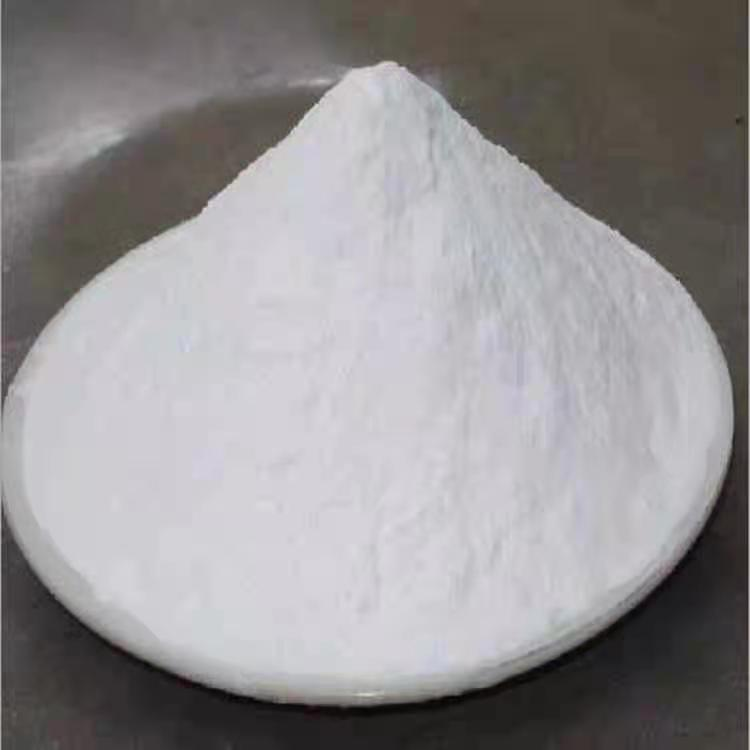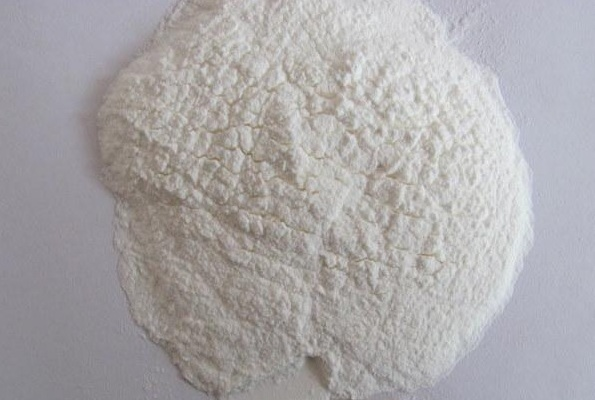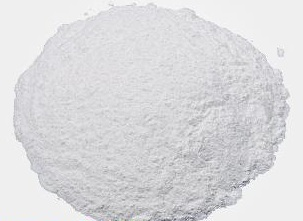Products
Contact Us
Tel: 86-632-8999262
Fax: 86-632-8999268
MP/Wechat/Whatsapp: 8613563208832
E-mail: sdjienuoanna@hotmail.com
E-mail: annajienuoenzyme@hotmail.com
E-mail: sdjienuo@163.com
Add: No.22 Chang Jiang Road, Economic Development Zone, Zaozhuang City, Shandong Province, China
Phytase
Phytase is the high-tech enzyme preparation with modern genetic engineering, microbial fermentation and advanced post-processing technology. It can effectively hydrolyze phytate and release inorganic phosphorus, improve the utilization rate of the phosphorous in the feedstuff, reduce the usage of inorganic phosphorous source, the feed formulation costs and the phosphorous discharge in the animal waste. It is a green, high efficiency and environment-friendly livestock and poultry feed additives.
Keywords:
Details
Brief Introduction:
Phytase is the high-tech enzyme preparation with modern genetic engineering, microbial fermentation and advanced post-processing technology. It can effectively hydrolyze phytate and release inorganic phosphorus, improve the utilization rate of the phosphorous in the feedstuff, reduce the usage of inorganic phosphorous source, the feed formulation costs and the phosphorous discharge in the animal waste. It is a green, high efficiency and environment-friendly livestock and poultry feed additives.
Definition of Activity:
One Phytase unit is defined as the amount enzyme needed to liberates 1μmole inorganic phosphorus per minute from 5.0 μmol/L sodium Phytate at 37.0°C and at pH 5.5 and marked with u/g.
Specification:
|
Appearance |
white granule/ light yellow powder |
|
Odor |
Slight Fermentation Odor |
|
Enzyme Activity |
granule type: 5,000 u/g, 10,000 u/g |
|
powder type: 50,000 u/g, 100,000u/g, 200,000 u/g |
|
|
Water Content |
≤ 8% |
|
Particle Size |
30-80 Mesh, 80-120 Mesh |
Function:
a. Remove the nutrition-resistant function of phytate in feed and improve the utilization of phosphorous.
b. Release phytate-bounded nutrition such as mineral elements, protein and etc, improve the feed utilization.
c. Promote animal feed intake, daily gain and improve animal production performance.
d. Replace part of the inorganic phosphorus in feed and save feed cost.
e. Reduce the phosphorous discharge in the animal waste and lower environment pollution.
Storage:
Should be stored in a cool, dry and well-ventilated place; protect from direct sunlight, heat and dampness; avoid storing with poisonous and harmful substances.
Shelf Life: 12 months, subjects to storage condition.
Packaging: 25kg/bag or as clients’ requirements
Get a free quote
Please fill in your contact information and your needs, and we will arrange a professional to contact you!

